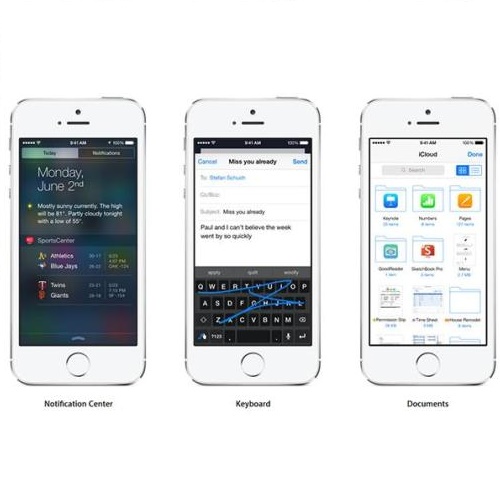Training a neural network with a large labeled dataset is still a dominant paradigm in computational histopathology. However, obtaining such exhaustive manual annotations is often expensive, laborious, and prone to inter and Intra-observer variability. While recent self-supervised and semi-supervised methods can alleviate this need by learn-ing unsupervised feature representations, they still struggle to generalize well to downstream tasks when the number of labeled instances is small. In this work, we overcome this challenge by leveraging both task-agnostic and task-specific unlabeled data based on two novel strategies: i) a self-supervised pretext task that harnesses the underlying multi-resolution contextual cues in histology whole-slide images to learn a powerful supervisory signal for unsupervised representation learning; ii) a new teacher-student semi-supervised consistency paradigm that learns to effectively transfer the pretrained representations to downstream tasks based on prediction consistency with the task-specific un-labeled data. We carry out extensive validation experiments on three histopathology benchmark datasets across two classification and one regression-based tasks, i.e., tumor metastasis detection, tissue type classification, and tumor cellularity quantification. Under limited-label data, the proposed method yields tangible improvements, which is close or even outperforming other state-of-the-art self-supervised and supervised baselines. Furthermore, we empirically show that the idea of bootstrapping the self-supervised pretrained features is an effective way to improve the task-specific semi-supervised learning on standard benchmarks.
翻译:具有大标签数据集的神经网络培训仍然是计算生理病理学中的主要模式。然而,获得这种详尽无遗的人工说明往往成本高、难度大,而且容易发生跨观测器和内部观测器的变异性。 虽然最近的自我监督和半监督方法可以通过学习不受监督的特征演示来缓解这一需求,但在标签实例数量少时,它们仍然难以向下游任务全面推广。在这项工作中,我们通过利用基于以下两个新战略的、任务机密和任务特定、未加标记的数据来克服这一挑战:一) 自我监督的托辞任务,利用其基础性多分辨率背景特征,利用其基础性多分辨率整体和内部观测器的图象,以学习不受监督的演示;二) 新的教师-学生半监督性一致性范式,在标签实例数量少的情况下,学会将预先调整的表述有效地转移到下游任务。我们在两个新战略的基础上,即:i) 自我监督的自我监督的托尔基数据基准,甚至一次自我评估的自我测试,在两个具体组织级的自我评估中,我们完成了一个精确的升级的升级的测试和升级的排序。
相关内容
- Today (iOS and OS X): widgets for the Today view of Notification Center
- Share (iOS and OS X): post content to web services or share content with others
- Actions (iOS and OS X): app extensions to view or manipulate inside another app
- Photo Editing (iOS): edit a photo or video in Apple's Photos app with extensions from a third-party apps
- Finder Sync (OS X): remote file storage in the Finder with support for Finder content annotation
- Storage Provider (iOS): an interface between files inside an app and other apps on a user's device
- Custom Keyboard (iOS): system-wide alternative keyboards
Source: iOS 8 Extensions: Apple’s Plan for a Powerful App Ecosystem



